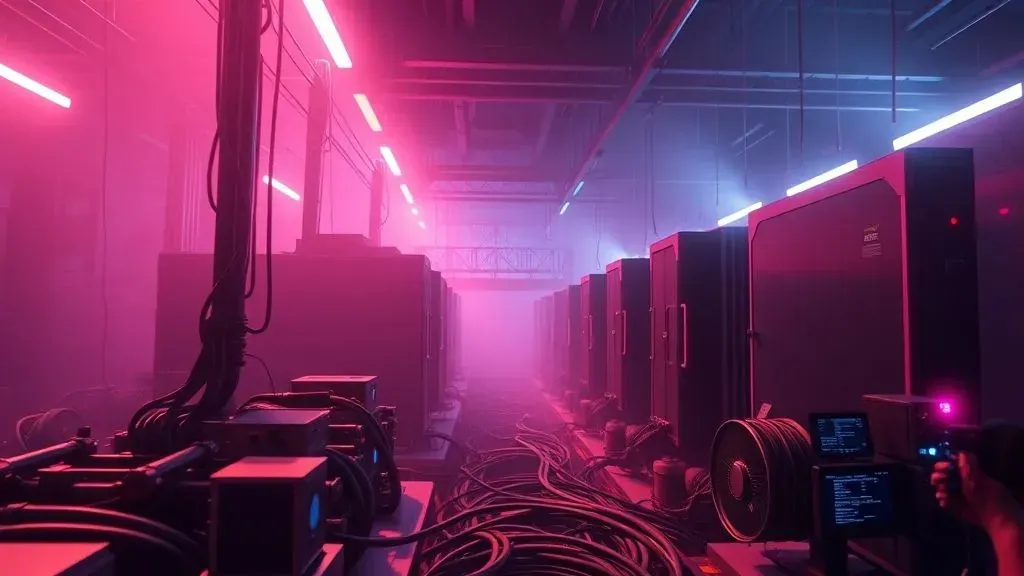
Data centers could demand 160% more electricity by 2030, straining global grids, according to Goldman Sachs. Bitcoin miners, with their established high-density power setups, emerge as strategic allies for AI expansion. This partnership addresses urgent energy needs in technology sectors.
The Power Edge of Bitcoin Miners
Bitcoin miners have secured more than 14 gigawatts of grid-connected power, often in renewable-rich areas. This access allows them to retrofit sites for AI faster than new builds, cutting timelines by up to 75%.
According to Bernstein analysts,
Access to the grid has become a very scarce resource in the U.S.
Miners' early infrastructure investments give them a competitive advantage in the market.
These facilities feature efficient cooling and high-power racks, ideal for AI workloads. Such capabilities enhance adoption in Web3 and technology integrations.
Forecasts for AI Pivot and Market Trends
Bernstein predicts 20% of miners' power capacity will shift to AI by 2027, reaching about 2.5 gigawatts. This move targets stable revenue from AI hosting over volatile crypto mining.
The firm reiterates Bitcoin price targets: $200,000 by 2025 end, $500,000 by 2029, and over $1 million by 2033. Institutional ETF adoption drives this market growth.
AI operations yield $2-3 per kilowatt-hour, far exceeding Bitcoin mining's $0.15-0.20. This funding supports expansion in cefi and defi sectors.
Leading Companies Driving the Shift
Iris Energy (IREN) leads with 3 gigawatts in development and over 23,300 Nvidia GPUs acquired. Bernstein rates it
outperform
with a $75 target, expecting $500 million annual AI revenue by early 2026.
Core Scientific secured a $3.5 billion, 12-year deal with CoreWeave for AI hosting. Hut 8 follows with major data center projects for both mining and AI.
These hybrids outperform pure miners in stock performance, reflecting investor preference for diversified models. Such strategies boost funding and adoption in the broader market.
Challenges in the Power Crunch Era
Grid interconnection queues exceed 2,600 gigawatts, doubling U.S. capacity and delaying AI projects. Miners mitigate this with ready sites, but face hardware upgrade needs.
MARA CEO Fred Thiel warns the AI boom mirrors the 2000s internet bubble, urging caution against overbuilding. regulation on energy use adds security considerations for infrastructure.
Power shortages may surpass 40 gigawatts soon, per Citizens JMP. Miners' flexible loads aid grid stability, integrating renewables effectively.
Broader Implications for Web3 Ecosystems
This convergence extends to Web3, where miners' tech supports NFTs and metaverse applications requiring robust computing. Defi platforms benefit from enhanced security in data handling.
Uncategorized innovations arise as miners pivot, fostering new partnerships in cefi. Technology advancements ensure sustainable growth amid regulation pressures.
Bitcoin miners' role in AI underscores a vital synergy between crypto and emerging tech. This evolution enhances market resilience and drives broader adoption across sectors.



